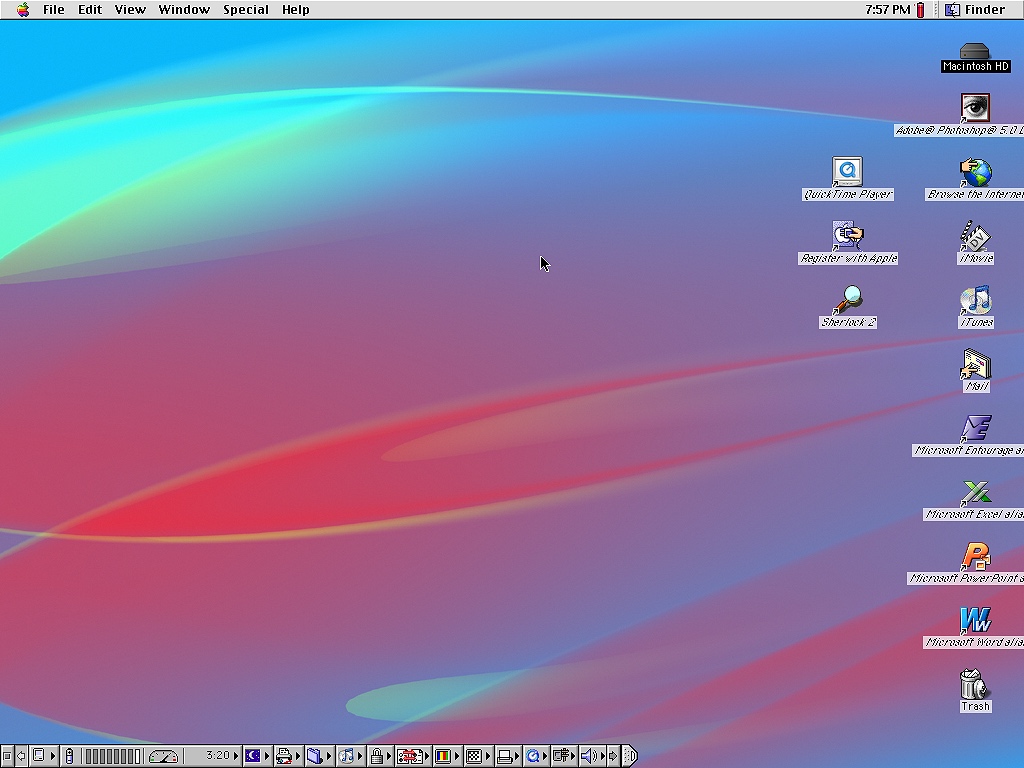Jonathan's Castle Mac OS
Is your Mac up to date with the latest version of the Mac operating system? Is it using the version required by a product that you want to use with your Mac? Which versions are earlier (older) or later (newer, more recent)? To find out, learn which version is installed now.
On March 24, 2001, the first version of Mac OS X, Apple’s new operating system became available to the public. Originally announced by Steve Jobs at the 2000 Macworld Expo in San Francisco, Mac OS X (or macOS it is known today) gave a new lease of life to the company’s flagship Macintosh computers. Jonathan Levin is a longtime trainer and consultant focusing on the system and kernel levels of the 'Big Three'—Windows, Linux, and OS X, as well as their mobile derivatives. He is the founder and CTO of Technologeeks.com, a partnership of experts delivering advanced training on systems/kernel programming, debugging, and profiling. MacOS Big Sur elevates the most advanced desktop operating system in the world to a new level of power and beauty. Experience Mac to the fullest with a refined new design. Enjoy the biggest Safari update ever. Discover new features for Maps and Messages. And get even more transparency around your privacy. System 6 (also referred to as System Software 6) is a graphical user interface-based operating system for Macintosh computers. It was released in 1988 by Apple Computer and was part of the classic Mac OS line of operating systems. System 6 was shipped with various Macintosh computers until it was succeeded by System 7 in 1991. The published version contains a single gameplay demo, stored in the Castle Preferences file as 'Default', which depicts a Beginner playthrough of Trouble. There is no known way to access the recording functionality seen in the above dialog; deleting the DEMO resource merely results in no demo playing, while deleting the entire prefs file keeps.
If your macOS isn't up to date, you may be able to update to a later version.

Which macOS version is installed?
From the Apple menu in the corner of your screen, choose About This Mac. You should see the macOS name, such as macOS Big Sur, followed by its version number. If you need to know the build number as well, click the version number to see it.
Which macOS version is the latest?
These are all Mac operating systems, starting with the most recent. When a major new macOS is released, it gets a new name, such as macOS Big Sur. As updates that change the macOS version number become available, this article is updated to show the latest version of that macOS.
If your Mac is using an earlier version of any Mac operating system, you should install the latest Apple software updates, which can include important security updates and updates for the apps that are installed by macOS, such as Safari, Books, Messages, Mail, Music, Calendar, and Photos.
| macOS | Latest version |
|---|---|
| macOS Big Sur | 11.3 |
| macOS Catalina | 10.15.7 |
| macOS Mojave | 10.14.6 |
| macOS High Sierra | 10.13.6 |
| macOS Sierra | 10.12.6 |
| OS X El Capitan | 10.11.6 |
| OS X Yosemite | 10.10.5 |
| OS X Mavericks | 10.9.5 |
| OS X Mountain Lion | 10.8.5 |
| OS X Lion | 10.7.5 |
| Mac OS X Snow Leopard | 10.6.8 |
| Mac OS X Leopard | 10.5.8 |
| Mac OS X Tiger | 10.4.11 |
| Mac OS X Panther | 10.3.9 |
| Mac OS X Jaguar | 10.2.8 |
| Mac OS X Puma | 10.1.5 |
| Mac OS X Cheetah | 10.0.4 |
What is fastlane
Fastlane is a very useful automation tool for publishing iOS / Android apps. It make the building and deployment process scriptable, which makes it less error prone, and lets you push updates automatically with no manual involvement.
The problem
One of the annoying things with fastlane though, is that it doesn’t work :) At least not if you follow the the setup instructions for iOS.According to the setup guide, you need to install Xcode command line tools:
And then install fastlane:
And then you get a bunch of cryptic errors like:
or:
or:
or:
Solution

MacOS Mojave comes pre-installed with ruby version 2.3. Fastlane needs a newer ruby. So we need to upgrade ruby.This easiest way to upgrade is with brew.
1. Install brew (if you haven’t already)
Open a terminal window and run this (we’re using the old ruby to install brew that will update ruby — mind blown):
Jonathan's Castle Mac Os 11
2. Install ruby
Run the following to install latest ruby version (2.6 at date of writing this):
3. Add to bash profile
In order for this version to persist when you open a new terminal window, run:
4. Check the version
Run the following to check the version:
You should get ruby 2.6.0 or something similar. If it’s still 2.3, close the terminal window and open a new one.
5. Install fastlane
Now we can run the installation:
Jonathan's Castle Mac Os X
If you get this question, answer y twice: